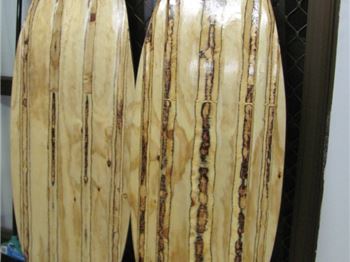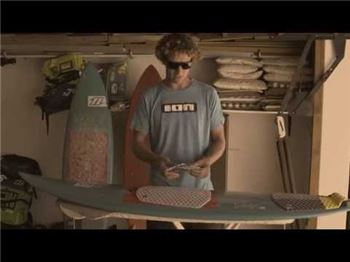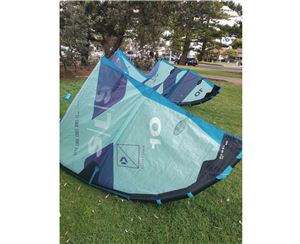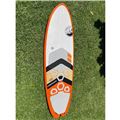How to pack your kitesurfing bag for travelling

You've gotta pack those bags tight!
Imagine arriving at the beach, 25 knots of perfect trade winds blowing sand around. You unroll your kite, pump-pump-pump-pump-POP! Your kite's deflated with a giant hole in the internal bladder. Not something easily fixed on a deserted windy island. But never fear! This kind of thing can be avoided with a few simple techniques when you pack your bags.
First of all, the bags themselves. You need one. A good bag that fits all your kitesurfing gear inside is worth it's weight in gold. Not only will it protect everything far more than a standard kite bag, it will keep all your junk in one place so you won't leave anything behind at the airport. Good travel bags can be found for around $200, and they'll fit around two boards, two kites, plus your harness, a towel or two and your pump.
Getting all those things into a single bag isn't exactly the easiest thing to do. Not only do you need to get it all in there, you've got to layer it all perfectly to protect the fragile bits. The most fragile of all is your kiteboards fins. These need to come off the board. No exceptions, they must be removed or they will get broken. Screw the fin bolts back into the fins, and wrap them in bubble wrap before placing them into a pocket on the bag.
When you pack down your kites, make sure to get all the air out to save space, and roll the leading edge up straight to prevent bladder twists. If you can remove the one-pump clips, take them off to prevent getting little holes in the canopy. Be careful of the battens in your kite (if you have any), snapping these while trying to fold your kite like origami isn't very cool.
Your kites should be rolled up, but not folded in three. Leave them long so they cover the whole length of the bag. This way they can provide protection for your board too. Layer the bag with a kite on the bottom, a board (or two) in the middle and then a kite with your harness, bars and pump on top. The kites provide a padded layer around the rails of the board, and some protection from dings and knocks from the baggage handlers. Don't fold you pump hose either, these need to be kept long and without kinks. Some even undo the pump shaft and stow the hose inside the pump.
Finally, weigh your bags before you leave home, and check with your airline to find out how much weight you can take on the plane with you. Don't rely on the check in staff giving you a little leeway because in most cases they don't. Say you're flying with Virgin Australia, who give you 23kgs of check in luggage. Your bag should be 22.99kg's to avoid disappointment at check in. A simple set of bathroom scales will usually tell you that you're within the ballpark.
Finally, don't stress too much - kite gear is pretty tough, and short of a baggage handler stabbing your kite bag with a forklift, your gear will probably arrive untouched. The golden rule is to remove your kiteboard fins - if you do that, you'll be fine...
Check out this video for some tips on how to get your kite super small, there's stacks of good tips in there so watch it all the way through.














